Thoracic Surgery
The human chest cavity contains the heart, lungs, mediastinum, trachea, bronchi, ribs, thymus gland, diaphragm, and esophagus. Thoracic surgeons perform surgical treatment of diseases of these organs. They also perform breast surgery.

specialists

equipment

treatment
Main types of operations

Surgical interventions range from emergency procedures to elective surgeries.
The most common reasons for emergency interventions are:
- Rib fractures and chest wall injuries
- Gunshot wounds to the chest organs
- Injuries to the heart, major vessels, or bronchi
- Hemothorax
- Rupture of a major vessel
- Abscess or tissue gangrene

The most common indications for elective surgeries include:
- Removal of tumors of the lungs, pleura, esophagus, and lymphatic system
- Correction of chest deformities
- Surgical treatment of bronchiectasis and chronic inflammatory processes in the respiratory organs
- Reconstructive plastic surgery of blood vessels or heart valves
- Repair of diaphragmatic hernias
Modern techniques for such surgeries minimize trauma and speed up the rehabilitation process.
The thoracic surgeons at the K+31 Center have extensive experience and are skilled in performing a wide range of surgeries. After the procedure, the patient is placed in a comfortable ward, where they undergo rehabilitation under the 24-hour supervision of the on-duty medical staff. The premises are equipped with panic buttons that can be pressed to call a doctor if necessary.
Frequently Asked Questions
How long does it take to prepare for surgery?
What is included in the post-surgery rehabilitation program?
How long is the recovery period?

This award is given to clinics with the highest ratings according to user ratings, a large number of requests from this site, and in the absence of critical violations.

This award is given to clinics with the highest ratings according to user ratings. It means that the place is known, loved, and definitely worth visiting.

The ProDoctors portal collected 500 thousand reviews, compiled a rating of doctors based on them and awarded the best. We are proud that our doctors are among those awarded.
Make an appointment at a convenient time on the nearest date
Price












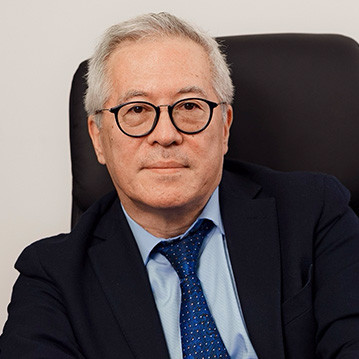
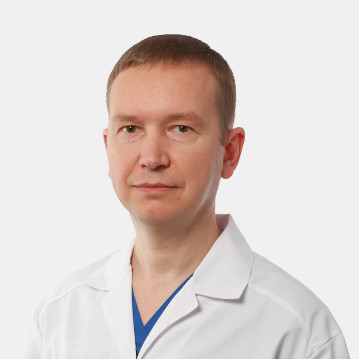

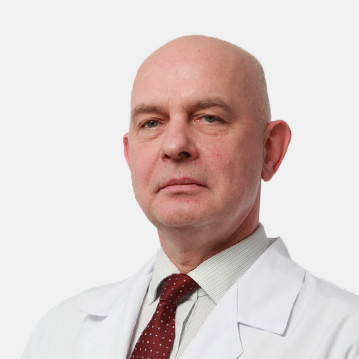
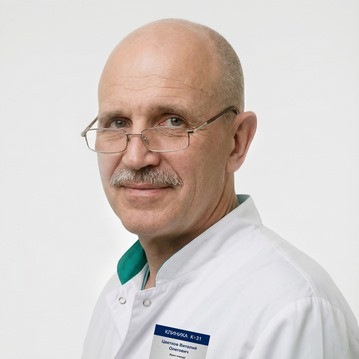
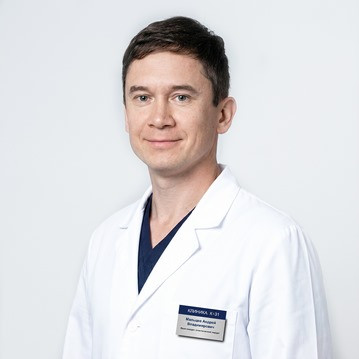
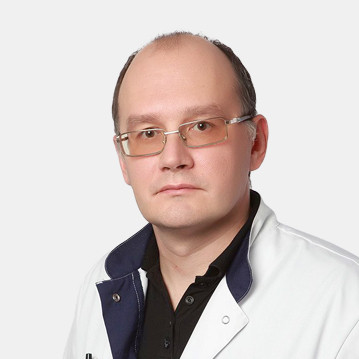

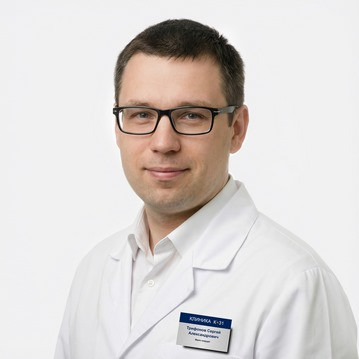
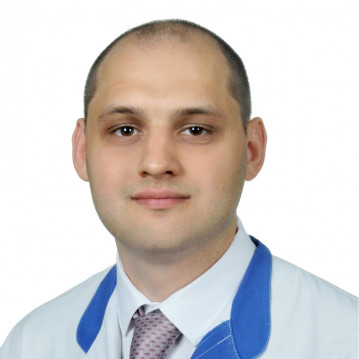
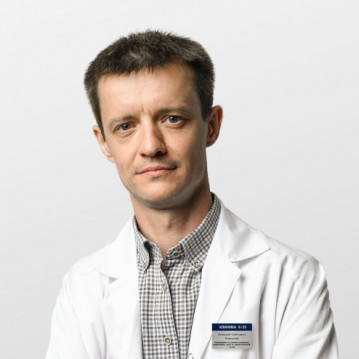
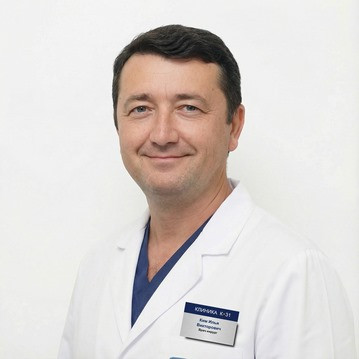
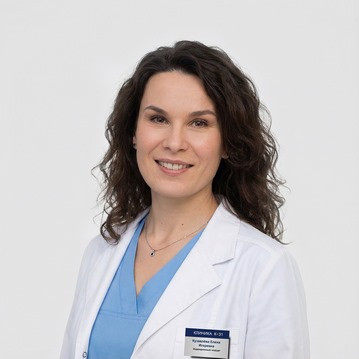
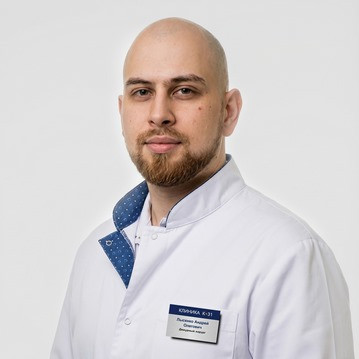
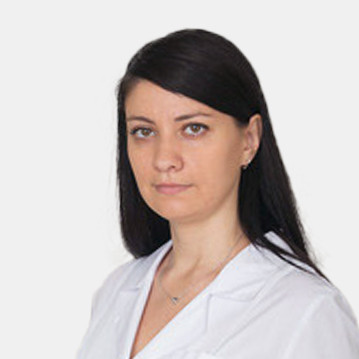
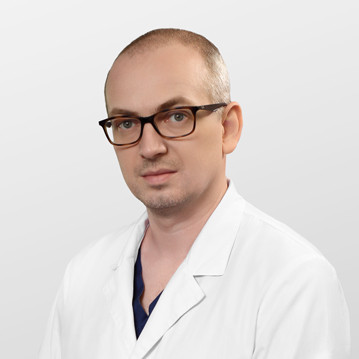
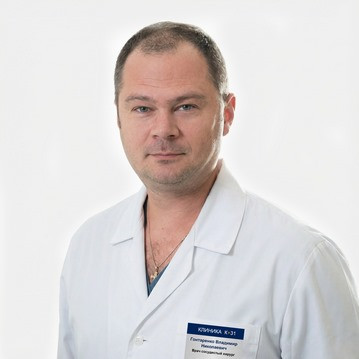
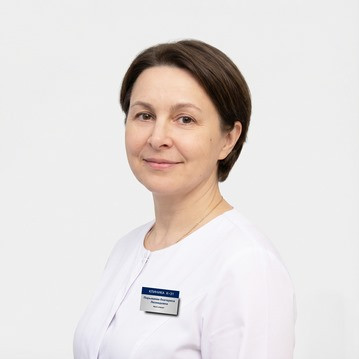
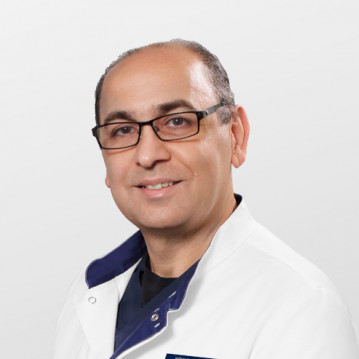
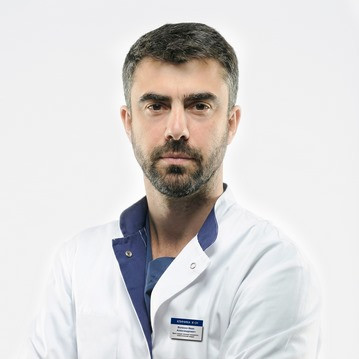
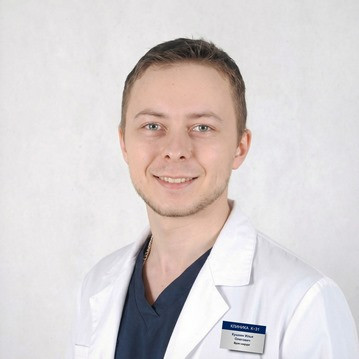
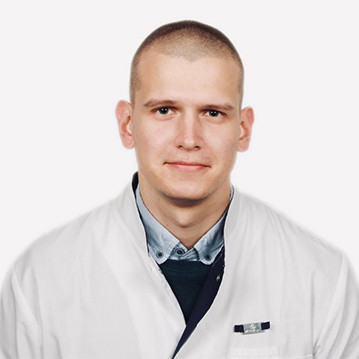
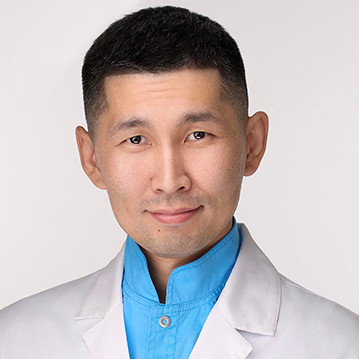


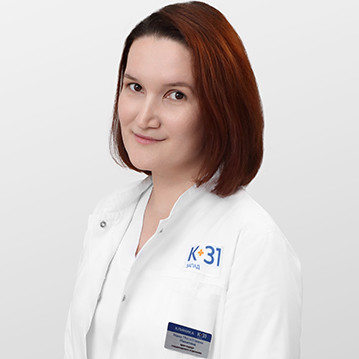
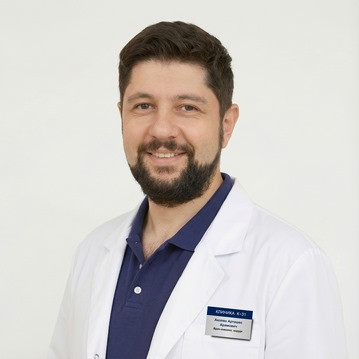
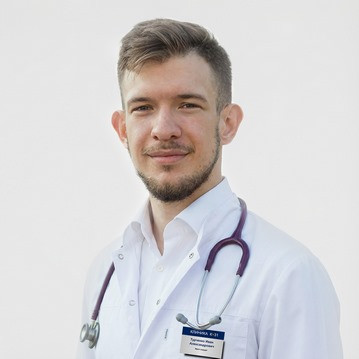

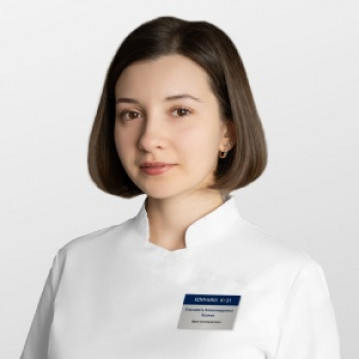

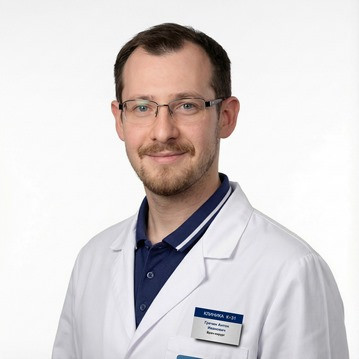

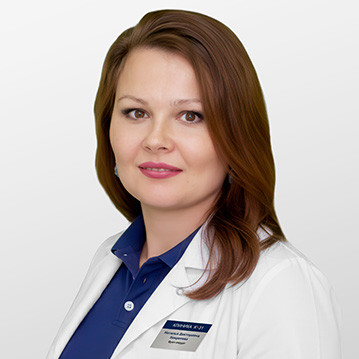
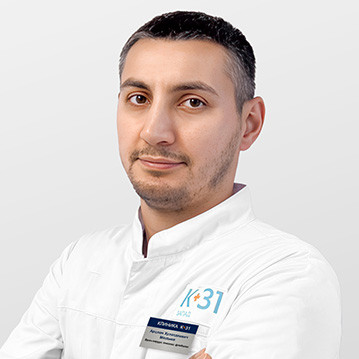

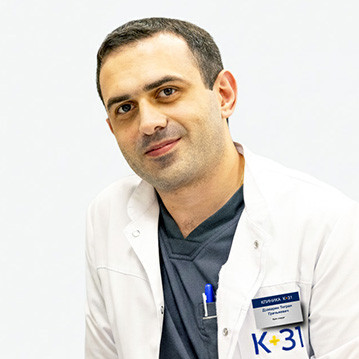


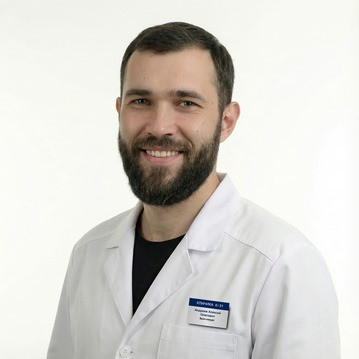
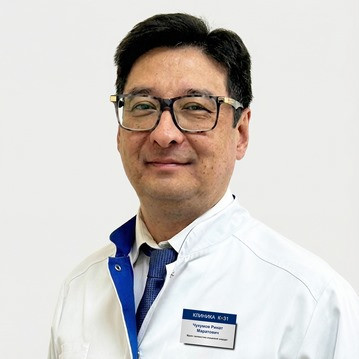

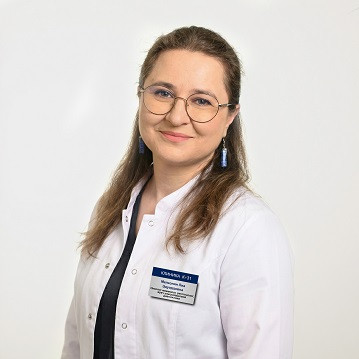
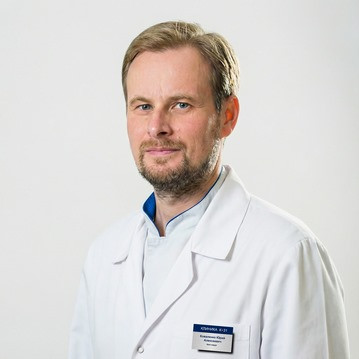
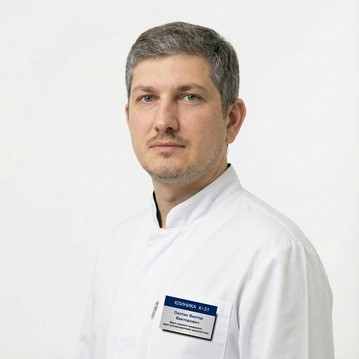




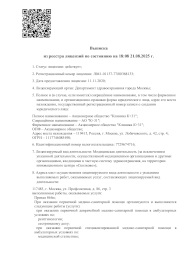
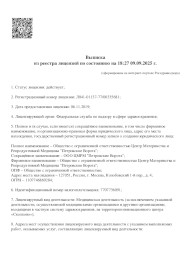
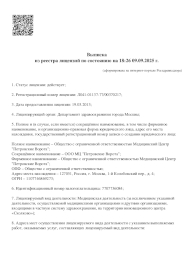
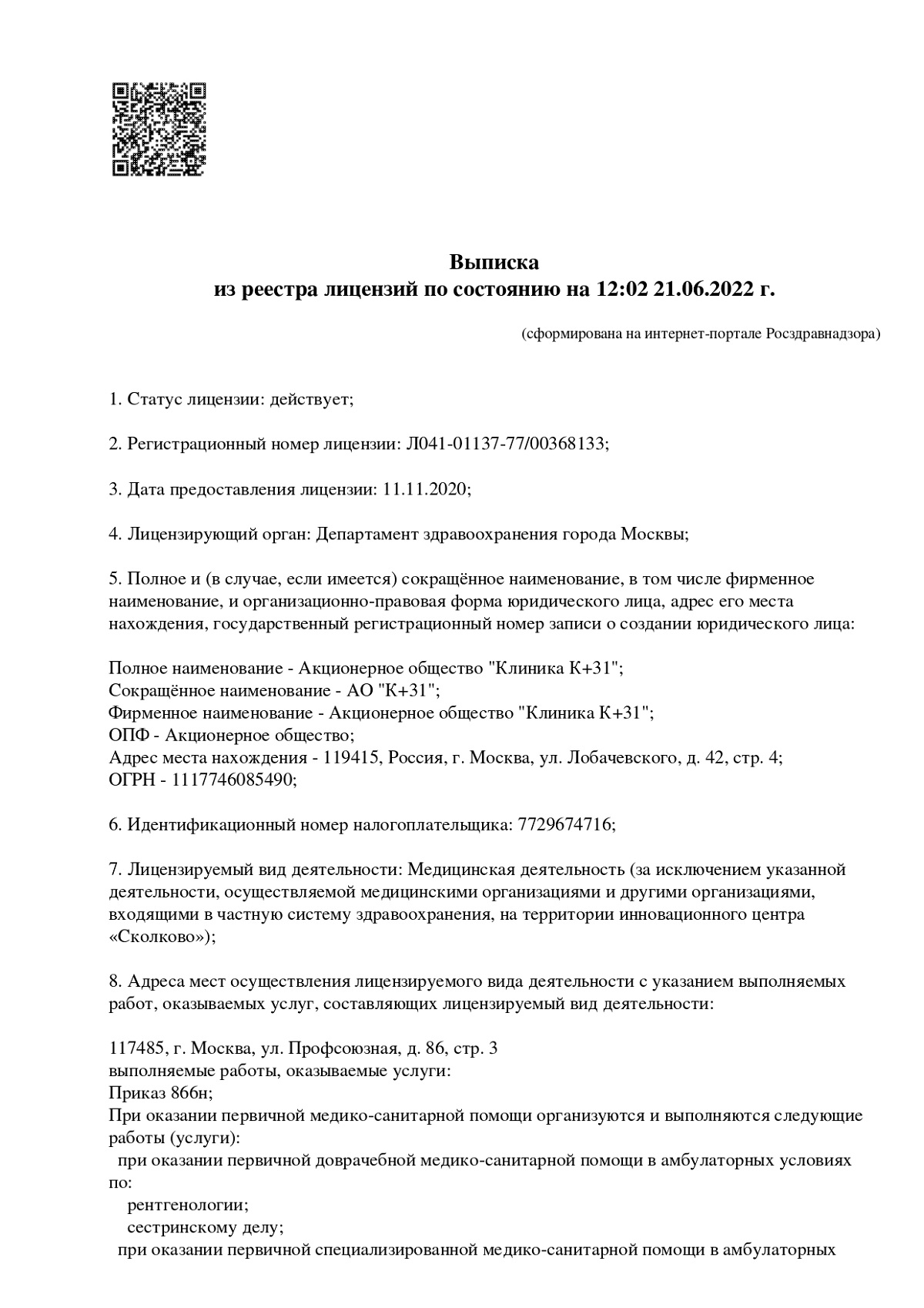
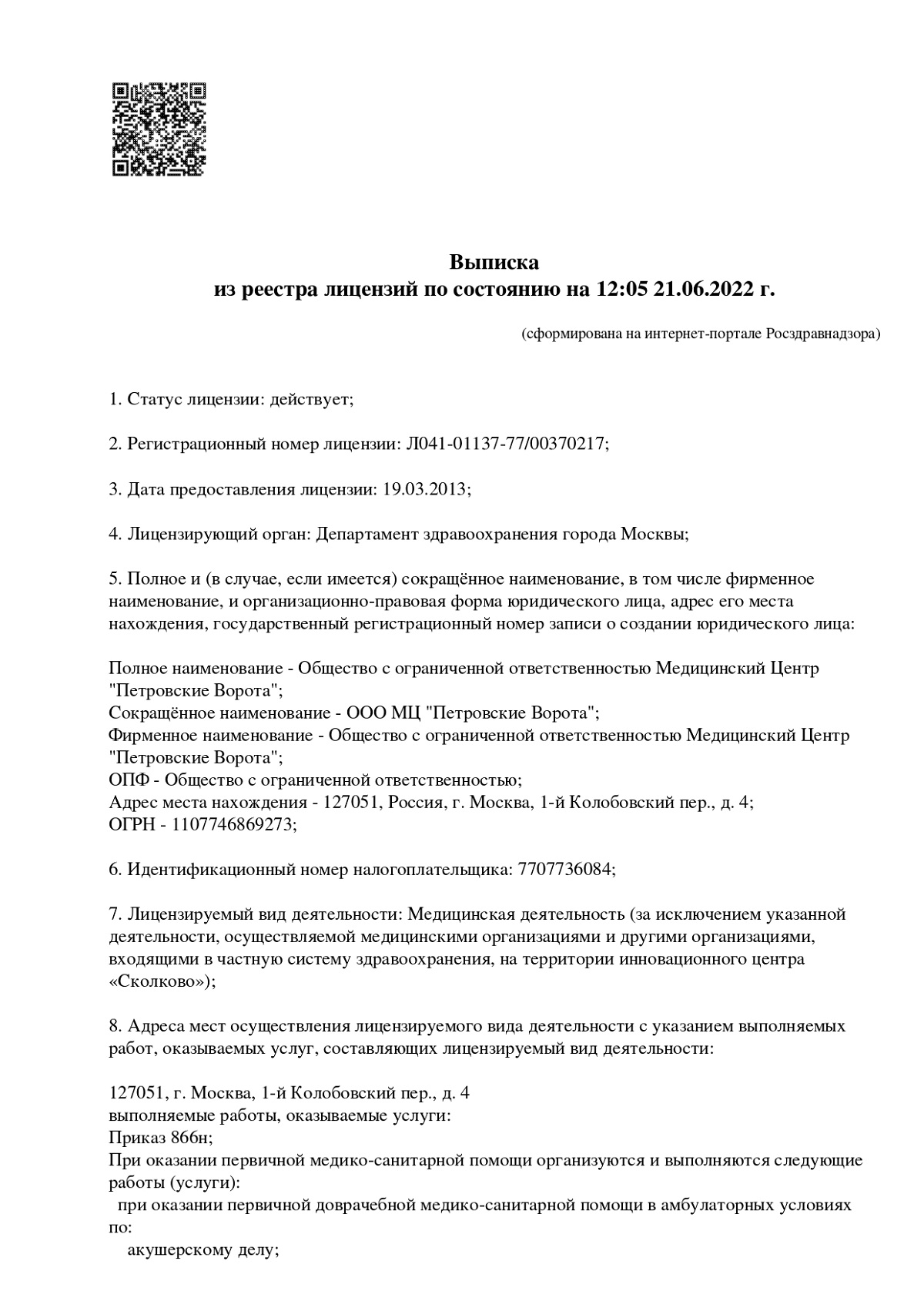
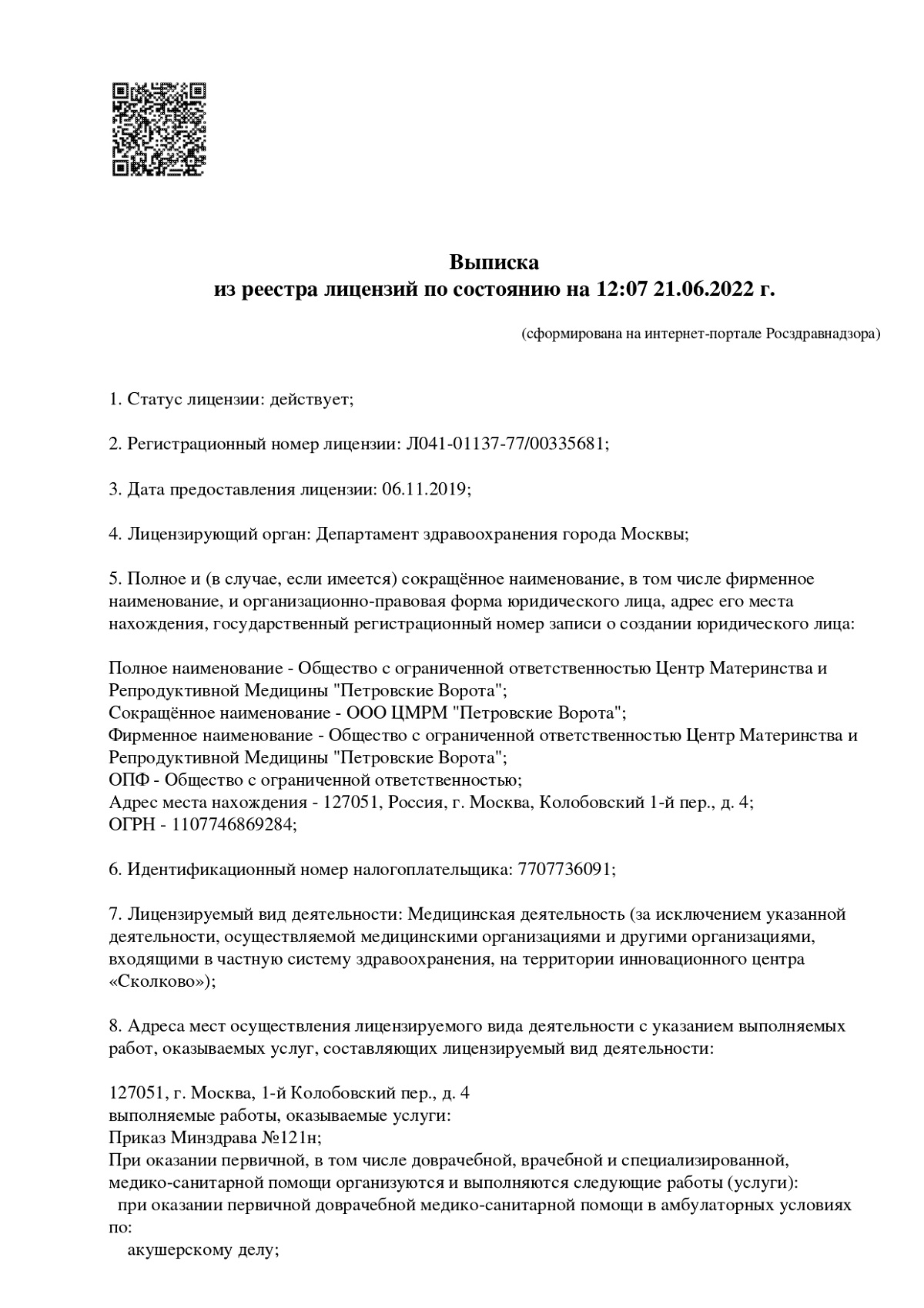
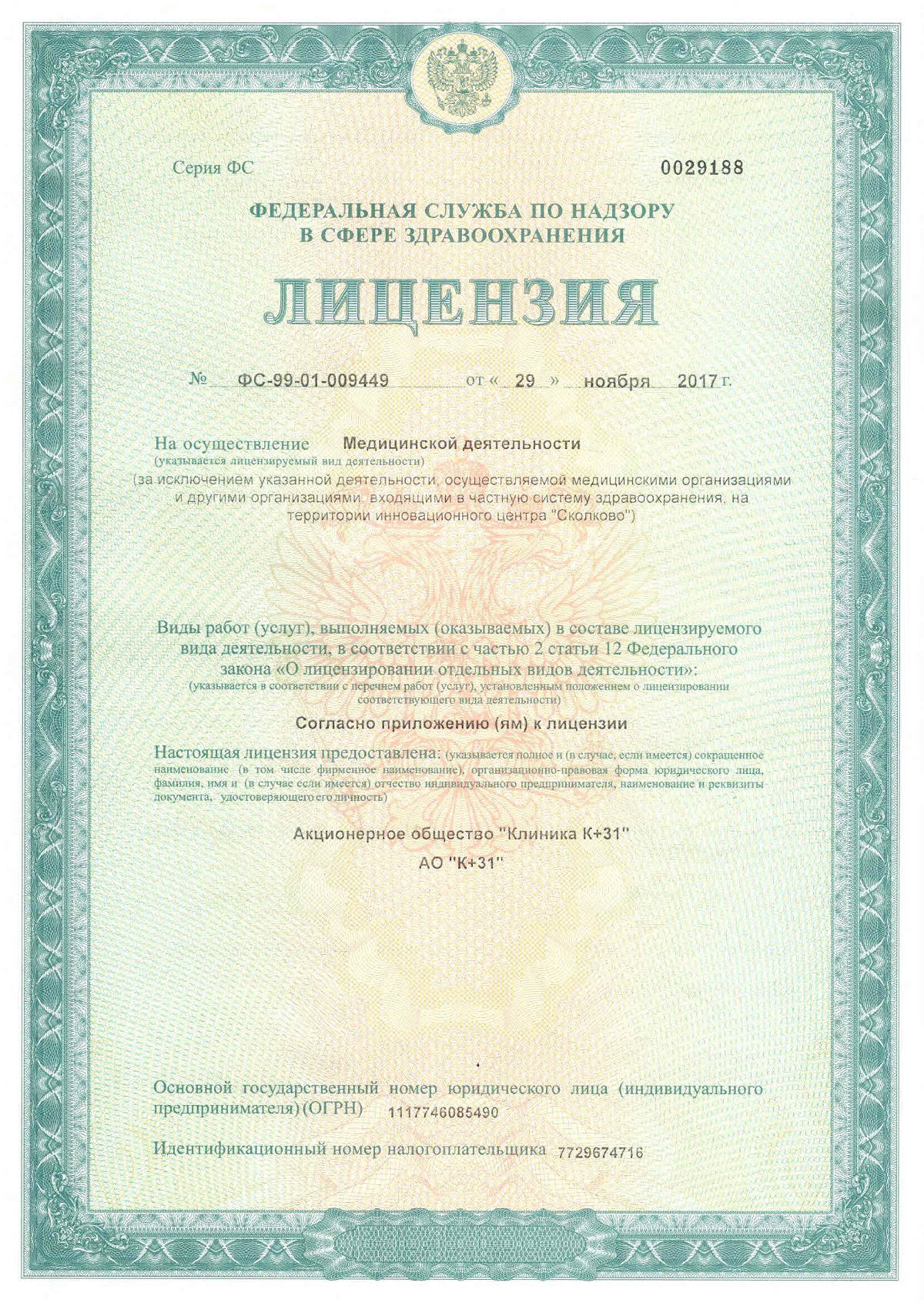
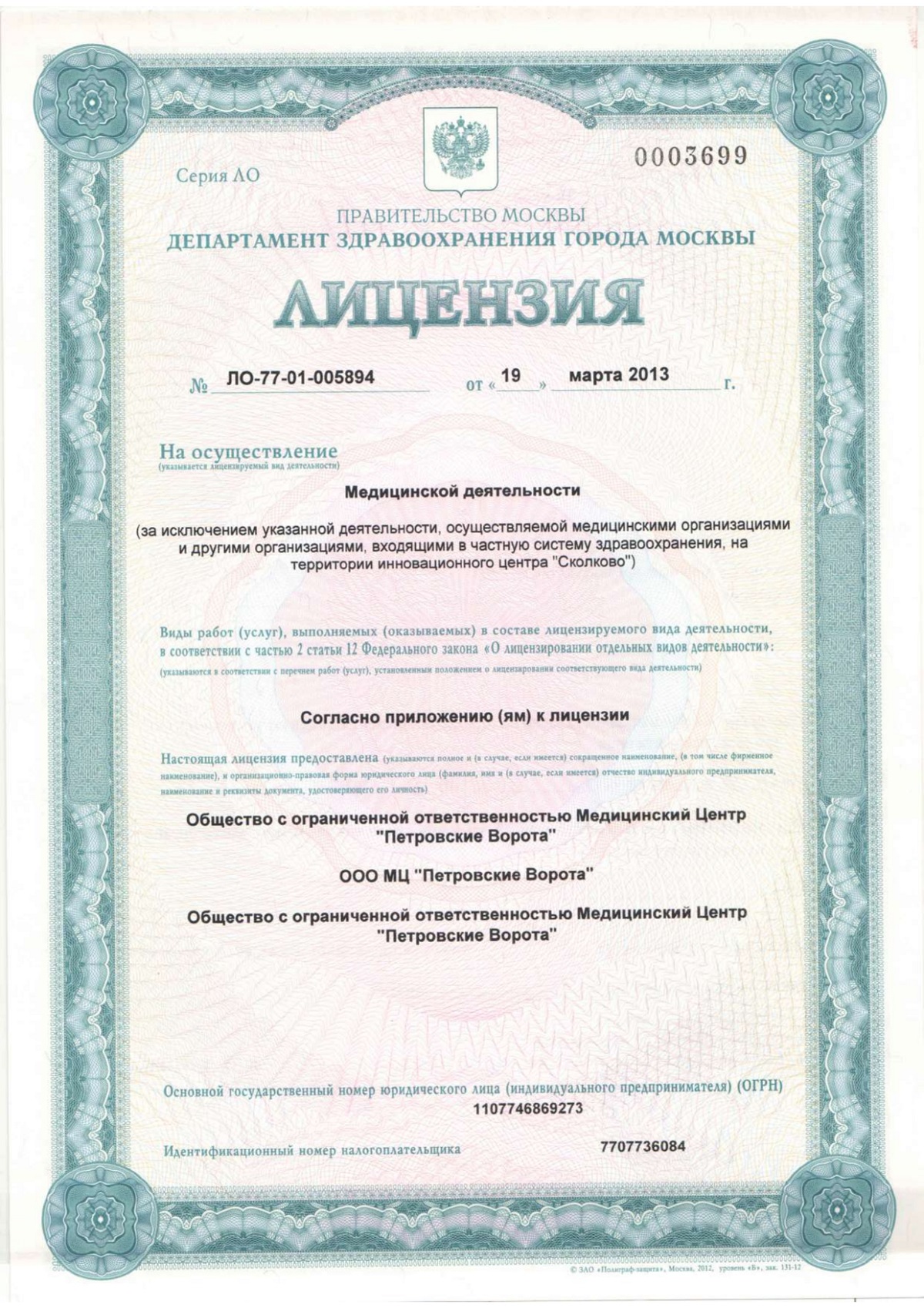
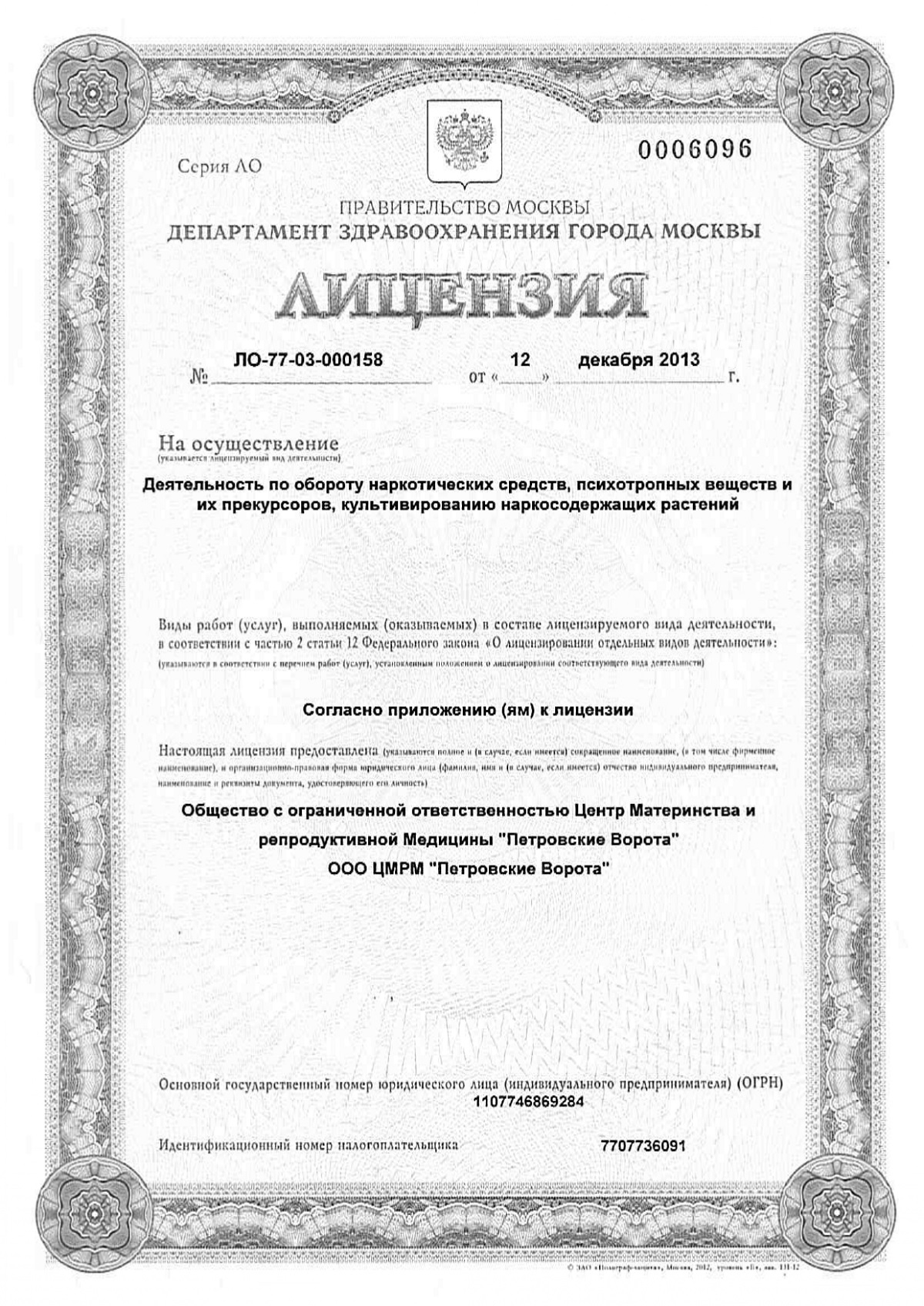
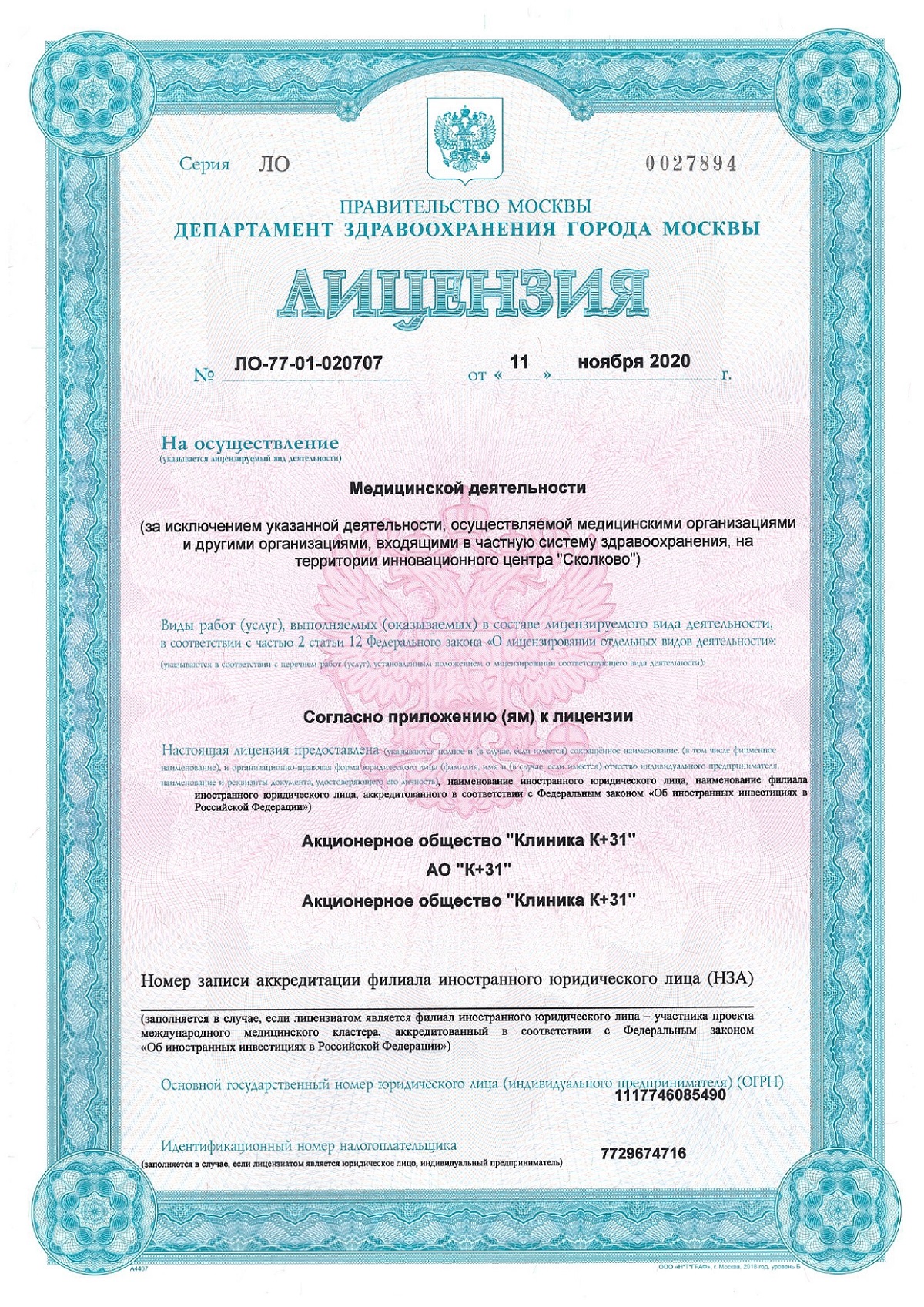
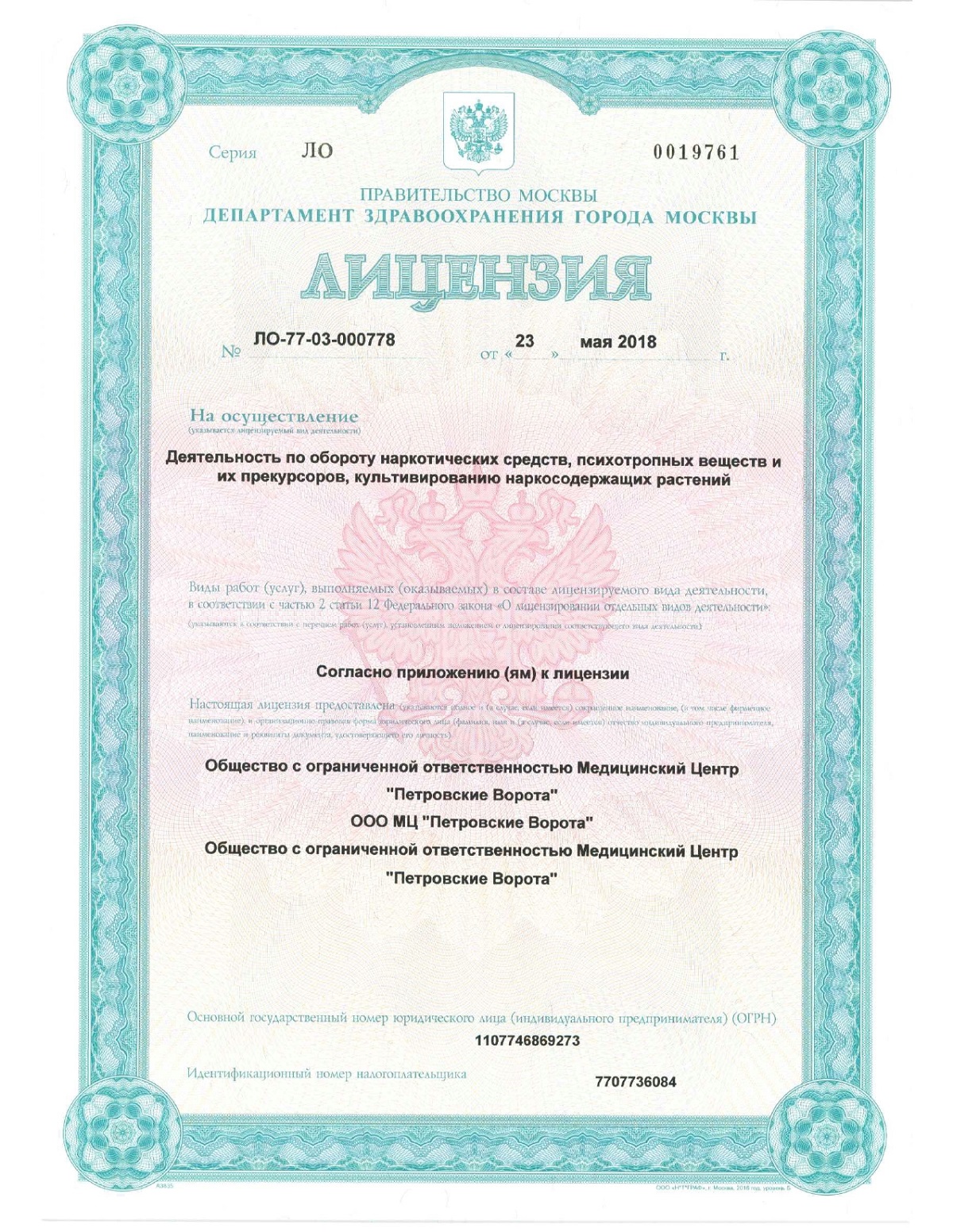
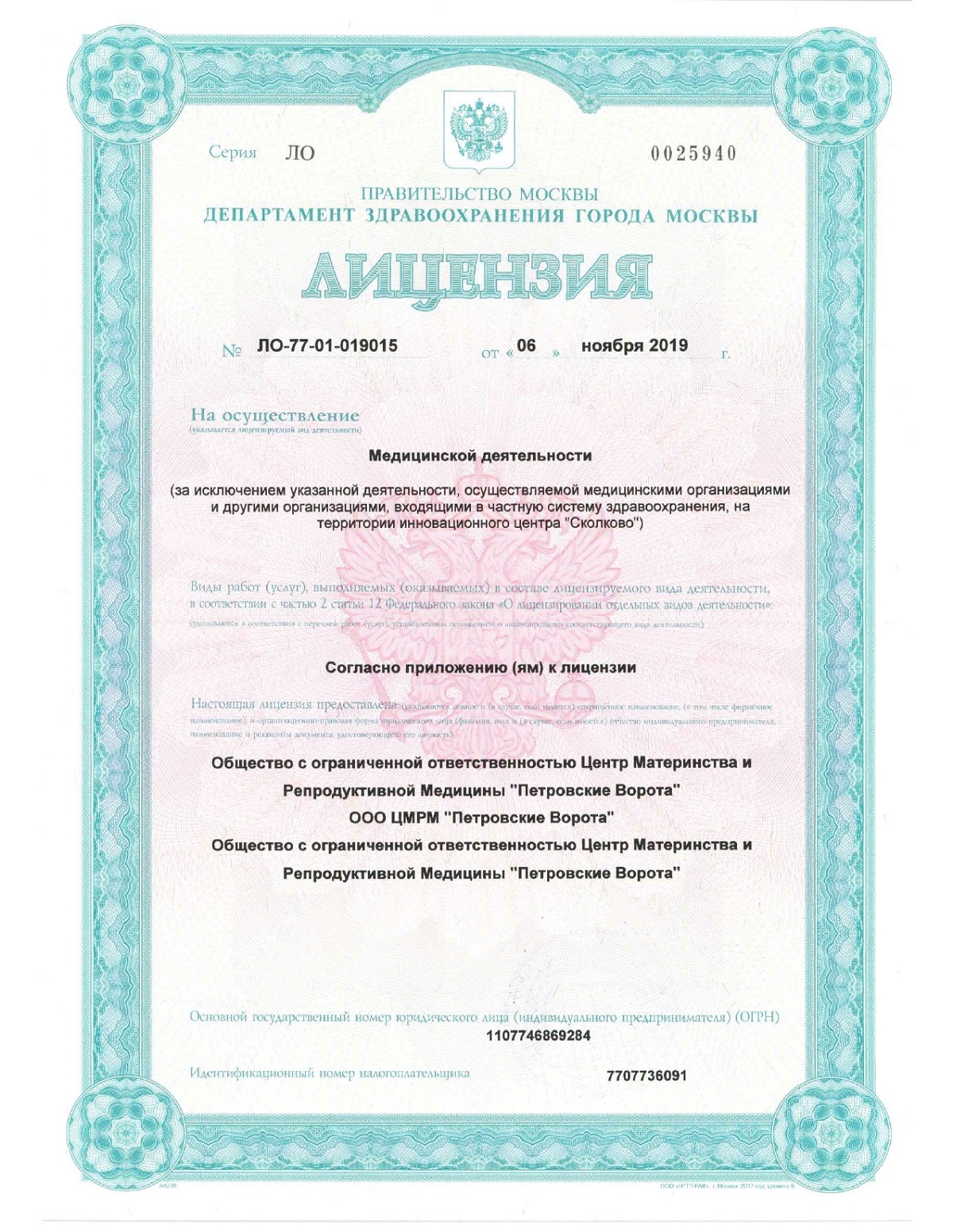
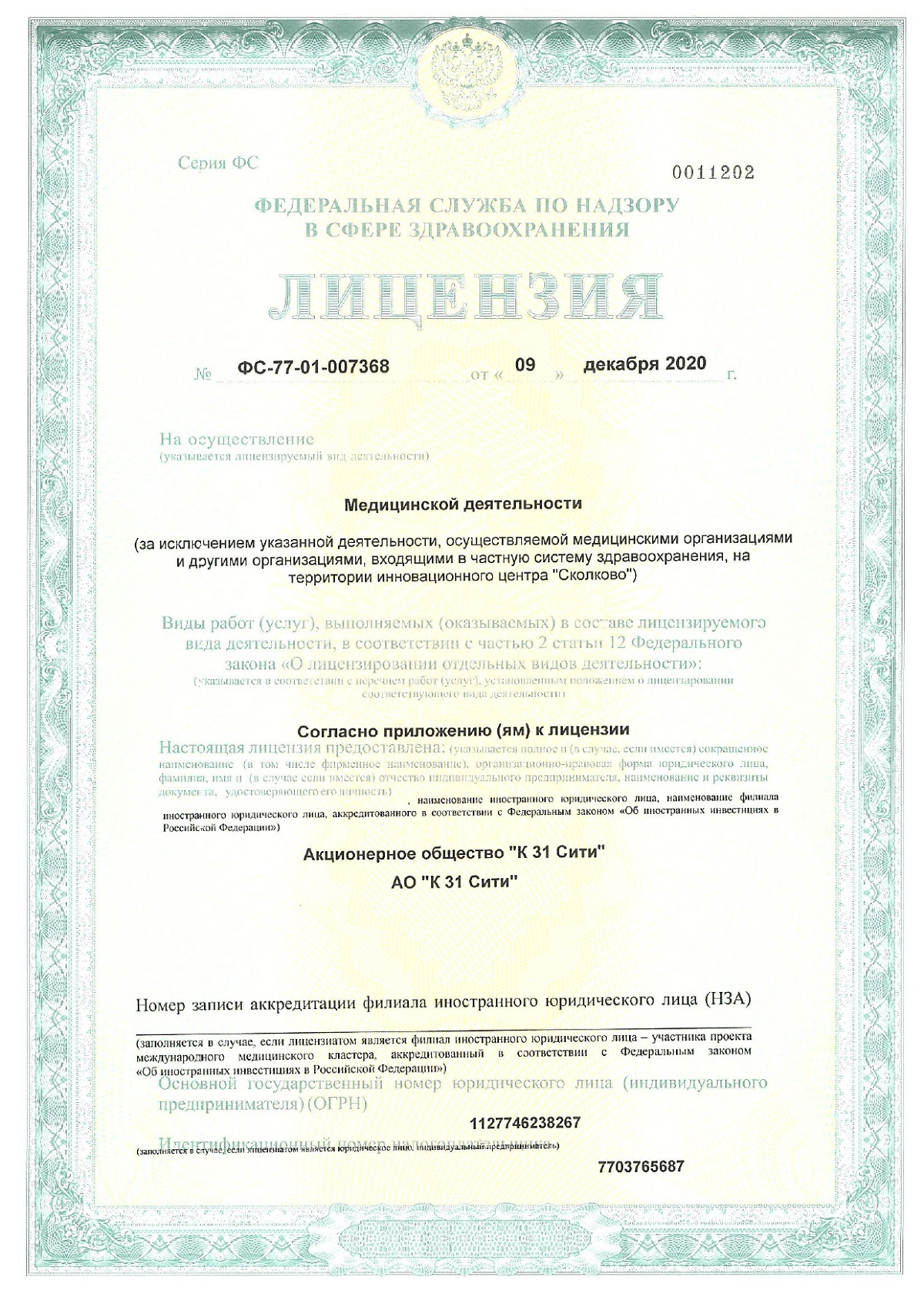



What does a thoracic surgeon treat?
Broadly speaking, thoracic surgery is a field of medicine that specializes in the diagnosis and treatment of diseases of the chest organs. Thoracic surgeons treat a variety of pathologies, ranging from trauma to complex congenital defects and cancer.
Timely referral to specialized clinic departments is crucial, as many conditions require immediate intervention. This helps prevent serious complications, preserving the health and lives of patients.
For example, a rib fracture or chest trauma can lead to dangerous consequences, such as punctured lungs or fluid or gas accumulation in the pleural cavity (hemothorax, pneumothorax). A thoracic surgeon helps prevent these conditions.
Modern thoracic surgery techniques include minimally invasive techniques, such as video-assisted thoracoscopy and endoscopic tumor removal, which shorten recovery times and reduce the risk of complications.
In most cases, patients are admitted to the thoracic surgery department on an emergency basis; only a small number of procedures are scheduled. Surgery is indicated for the following conditions: